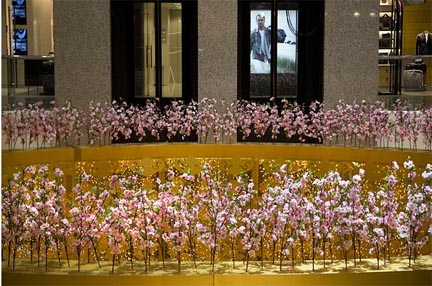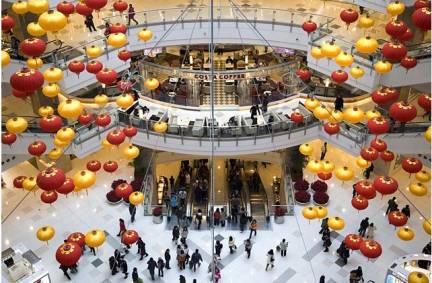Priscilla Briggs
(American, b. 1966; resides in Minneapolis, MN)
“At the heart of my work is the questioning of values and identity within the context of economic systems, primarily capitalism. Hoping to create conversation that develops a self-consciousness about how we live and our place within the world, I have approached my subject from both a local and international standpoint to explore the interplay of cultures within the global market.”
Priscilla Briggs’ series The Road to Shantou examines a densely focused area within the manufacturing district of Shantou, significant in nineteenth century Chinese history as one of the treaty ports established for Western trade and contact. This body of work focuses in particular on the fifty square mile area in which the majority of the world’s brassieres are made. Each block in the district consists almost entirely of businesses dedicated to a single element within the larger manufacturing system, such as bra straps, material and lace, or foam padding. Large billboards featuring airbrushed underwear models--all of whom are women and most of them are Westerners--tower over piles of garbage. In this way, Briggs’ work traces both the geographical structures realized by such a unique industry and the social implications for contemporary China as it moves forward.
Priscilla Briggs completed an MFA at the Maryland Institute College of Art in 2000 and a BFA at Carnegie Mellon University in 1989. She has exhibited widely in both solo and group exhibitions, including at the Milwaukee Institute of Art, Milwaukee, WI; the Orange Coast College Photography Gallery, Costa Mesa, CA; and the UMC Art Gallery at the University of Colorado, Boulder, CO. Briggs is an Associate Professor and Chair in Art and Art History department at Gustavus Adolphus College in Saint Peter, Minnesota.


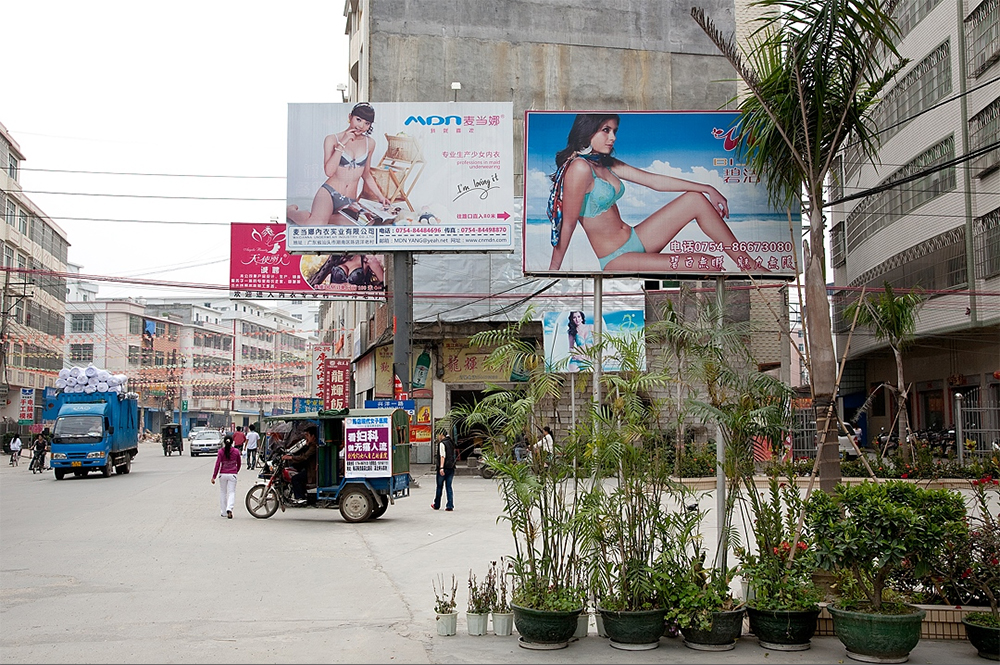
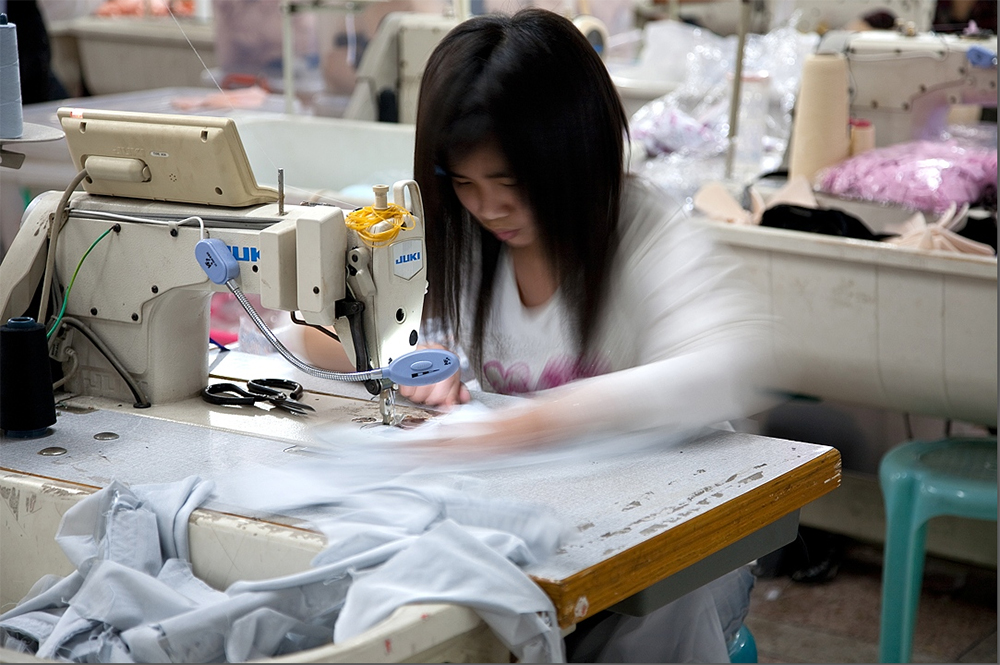
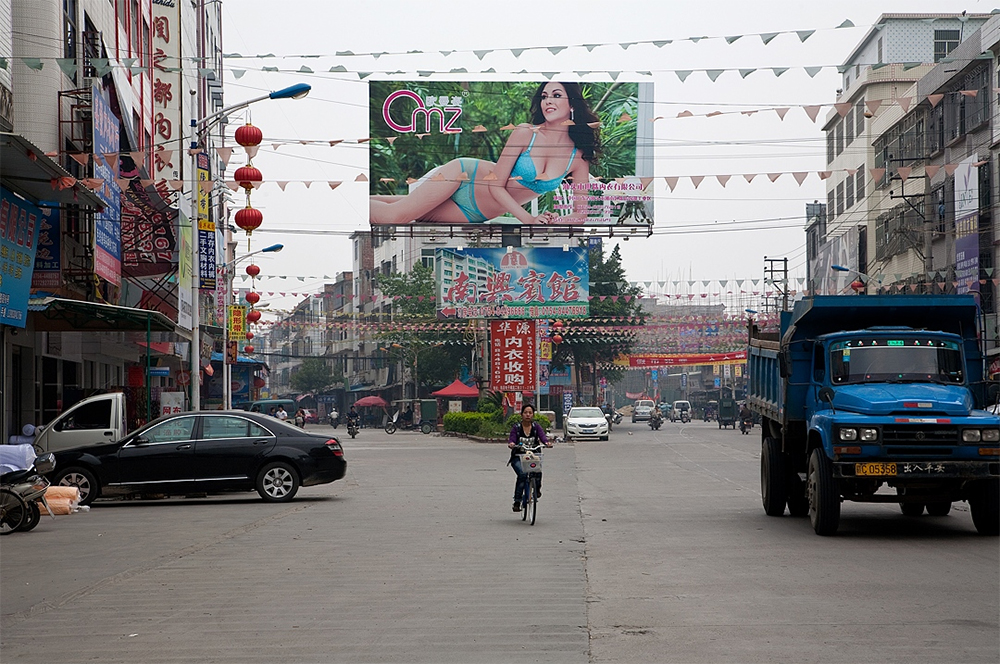
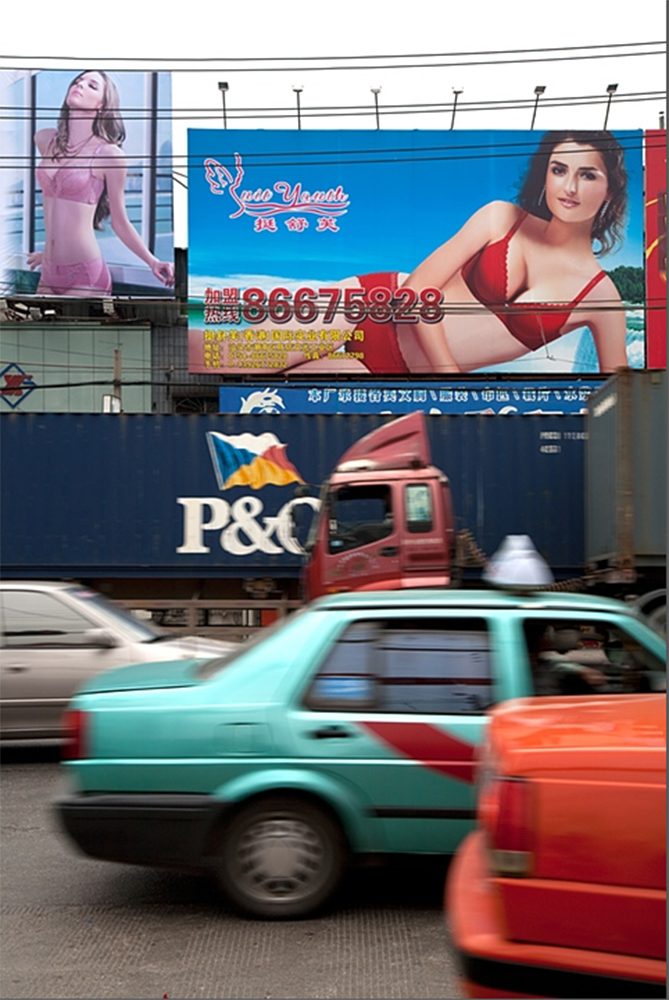
Past Portfolio
Priscilla Briggs' series Fortune examines China's rising prosperity through photographs of Chinese shopping centers, plazas, billboards and other sites of commercial expansion. Her images focus on the density of these shopping sites, juxtaposing advertising and architecture to create a disorienting sense of scale that suggests the ways fantasy and reality merge in capitalist society. Symbols that reference China's communist national history appear throughout the series, but the larger than life scale of each site seems to mimic a Western organization of commerce. Briggs is an American looking at these sites as a foreigner. The uncanny resemblances between US and Chinese retail spaces allow the series to both address and transcend complex issues of globalism and export that have international significance.
